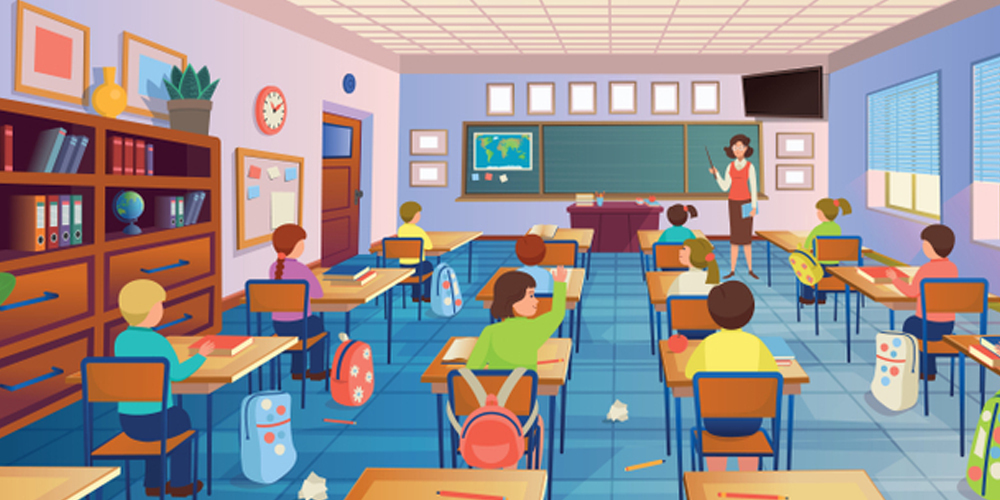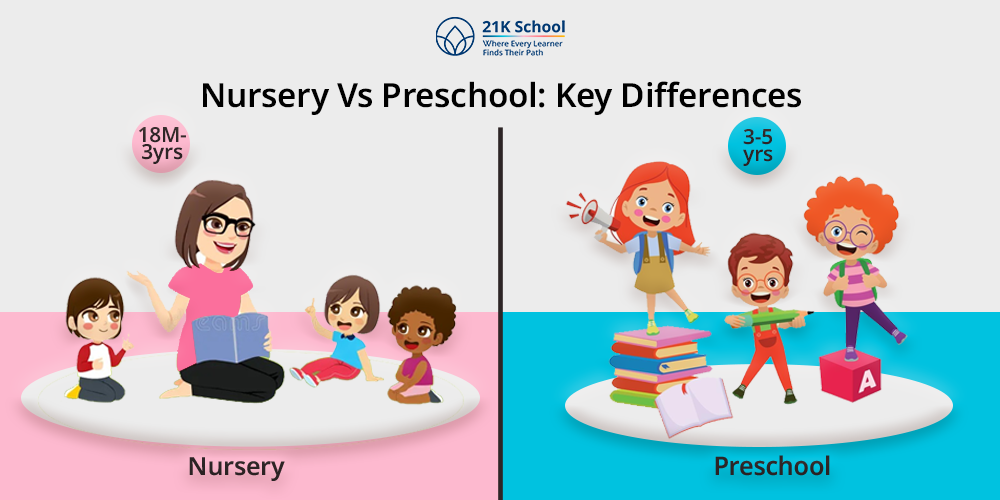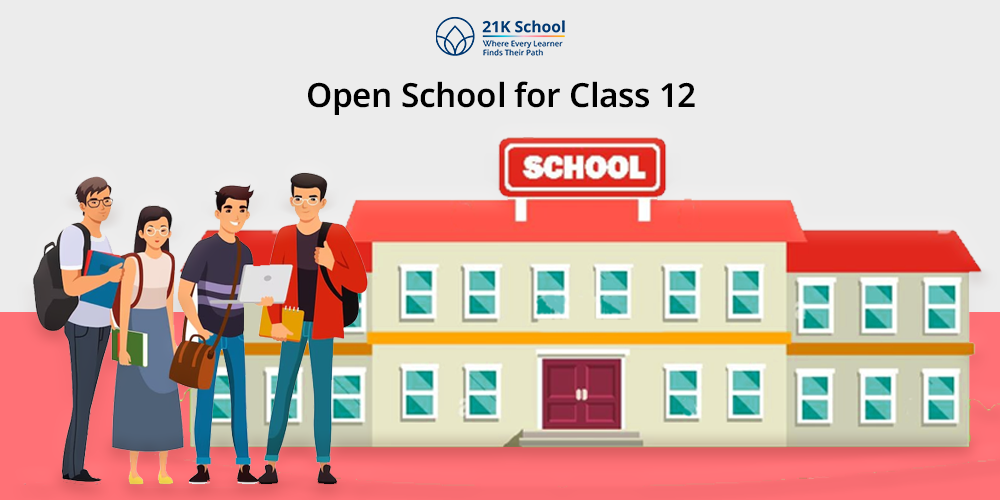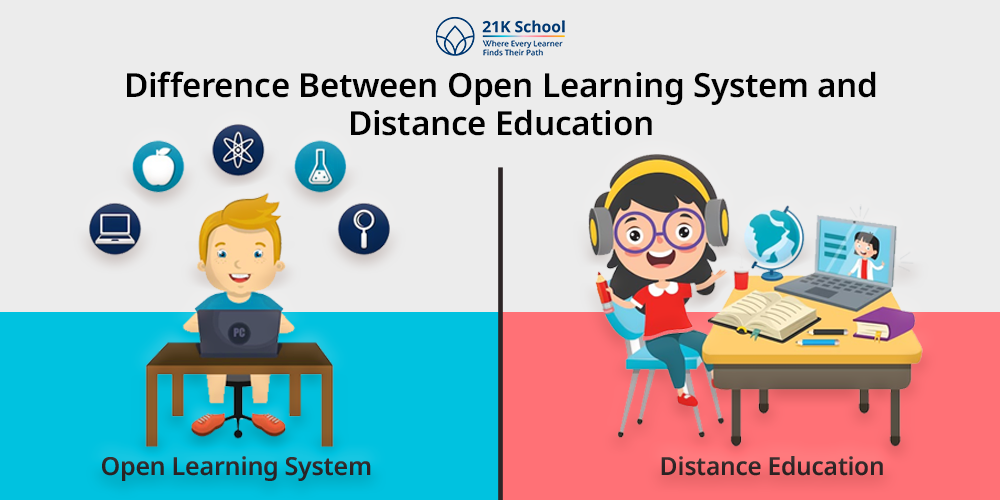
Informal learning environments are becoming more common, signaling that change is happening to make students best equipped for the future. It’s a good thing that these changes are happening because it shows that education is adapting to future needs.
During a recent panel discussion at ITB organizer Techweek, it was noted that the fourth industrial revolution, which addresses the internet and robotics, transcends STEM-based learning. With STEAM-based lessons, we’re able to reach kids who may not be welcomed into traditional STEM topics.
In the world of STEAM-based education, kids are given the opportunity to learn about technology and its applicability in a way that feels more personal to them. EROWP does complete justice to preparing students for the future by making sure those who are passionate about science and art can weave it into their learning, opening up new avenues for children who may not identify with traditional STEM programs.
A STEAM-Based Makerspace
Creating the perfect Makerspace means understanding the classroom as well as how it can support an educational experience that uses STEAM. It’s important to consider the design of your space, and think about what capabilities will best give you the opportunity to teach students. Some examples of ways this may be accomplished include:
Steve Jobs was one of the pioneers when it came to giving designers their rightful place in transforming artistic processes into technological ones. Steve Jobs brought us into a world where design and technology could come together to provide great companies and products that people would love.
This forward-thinking integration of technology and classroom learning enables students to experience actual workflows in entrepreneurship, science, and the arts. Complementary STEM learning with the class can help broaden the minds of students while they cultivate creative projects.
You might think you’re too busy to start a Makerspace from the get-go, but it’s important to remember that even if your child doesn’t end up as a Steve Jobs-style inventor, a formal Makerspace in your home might be where kids learn about academic rigor and critical thinking.
The focus of STEAM is to provide students with the tools for creative projects regardless of their comfort level. In order to make this happen, you need a Makerspace or areas for students to develop ideas that they never considered before.
A quiet space–like a classroom-designated zone for focus–is the ultimate tool to help students navigate the rigorous intellectual hurdles at their school. Recognizing that not everyone has success when in a traditional setting can also boost their chances of success.
You also need to consider how you can provide your students with an experience that will encourage them to participate in classroom activities. You may want to ask for student participation or allow for student-led projects.
How to Make the Most of a Makerspace
The physical space of a successful STEAM Makerspace is only half the equation. The other half is the work being done by the students. This can help make the environment a successful STEAM learning experience.
Susan Riley, an arts integration specialist, says that “STEAM is an educational approach to learning that uses Science, Technology, Engineering, and the Arts as access points for guiding student inquiry and critical thinking.”
Supporting students and staff with projects that address the valuable skills in STEAM will allow students to remain competitive for their professional future. It’s important to prepare students for the workplace now by talking about projects that could advance their careers.
Consider this list of holiday STEAM projects from Concordia University that even young students can conduct! It’s a list of activities like making homemade snow and a jar-sized storm.
Remember the Reasoning
STEAM learning is particularly awesome because it allows students to meet their full potential and prepare for a future that will be meaningful. It has two essential levels of results: ensuring students’ progress and giving them the tools to do so in the longer term.
STEAM is a new approach, and yet it can also reprogram the neural pathways of students. This is important as there is evidence that children’s emotions are directly tied to their ability in school and life.
For many students, STEM fields serve as a new and improved gateway to the industry. That’s because, with STEAM and STEM education, the world starts to become easier to navigate, which is the ultimate goal of all education.
As society progresses, schools must keep pace and adjust their curricula to prepare students for the future. For example, the topics of cybersecurity and data management already cause major headlines every day – mostly for what they can provide and for the risks they might bring about in society.
STEAM-based Makerspaces provide students with a way to be artistically and intellectually equipped so they can achieve personal success and professional fulfillment. Schools are wasting resources by trying to teach these skills in isolation rather than through STEAM.
It is important not to rush children into thinking they need to know what their future will hold as they leave your classroom, but there is ample value in teaching them that they are the most important participants in their lives. Teaching them how to take initiative and invest in what they’re interested in are vital skills that will help transform their lives.



